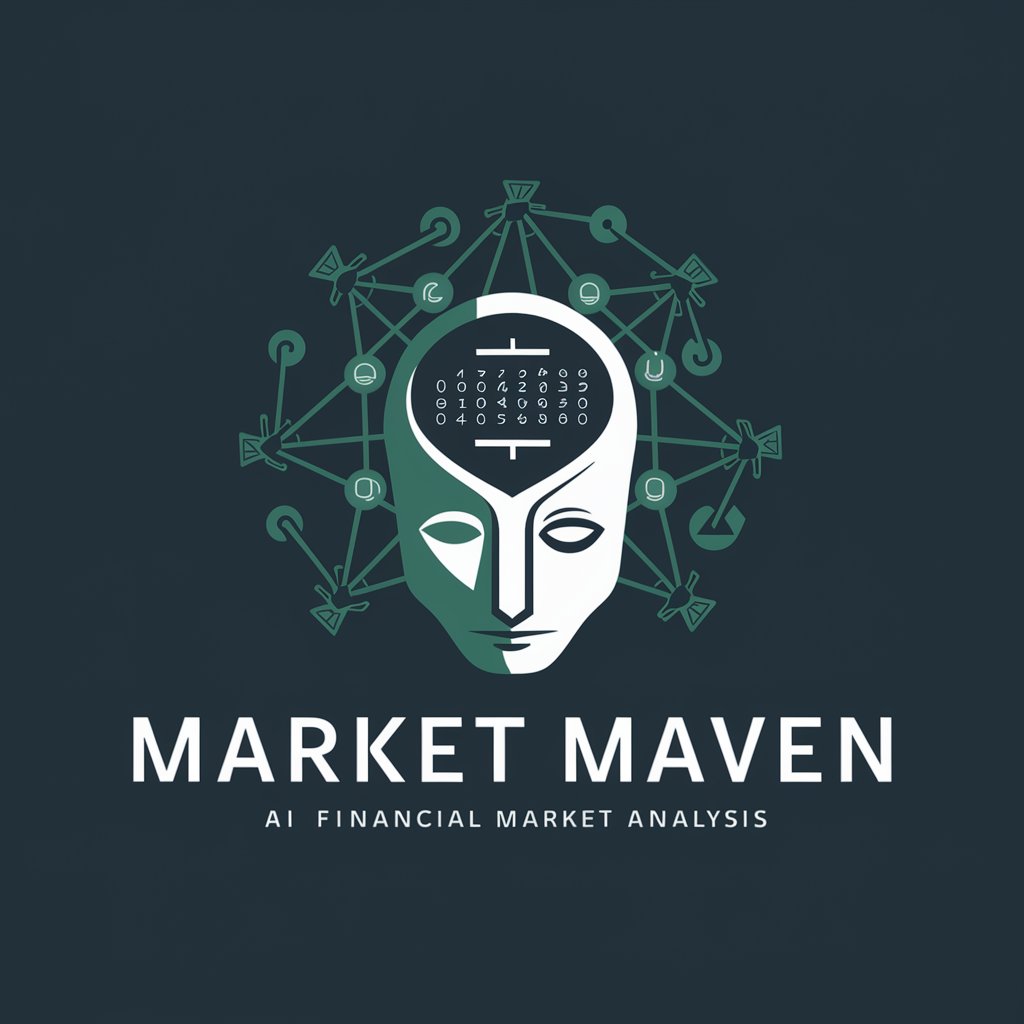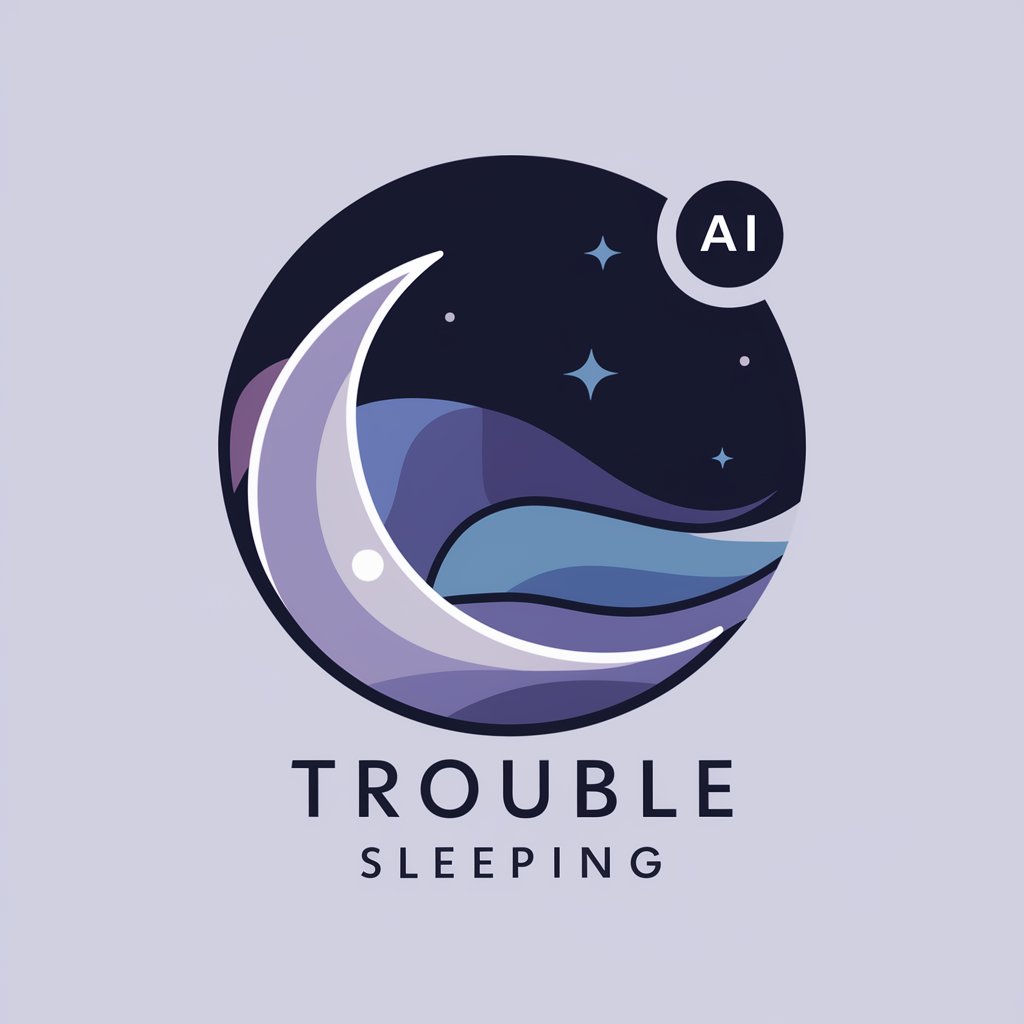Labor Market Exposure to AI - AI Labor Market Analysis

Welcome! Let's explore how AI impacts labor markets globally.
Navigating Workforce Transformations with AI
What are the key differences in AI exposure between advanced economies and emerging markets?
How does AI exposure vary by occupation and gender in different countries?
What are the potential socioeconomic implications of AI on labor markets?
How does AI's role as a complement or substitute for labor impact job displacement?
Get Embed Code
Introduction to Labor Market Exposure to AI
Labor Market Exposure to AI analyzes the impacts of AI on labor markets across Advanced and Emerging Markets. It extends traditional measures of AI exposure by considering AI's potential as either a complement or a substitute for labor. This dual potential signifies whether AI could lower the risk of job displacement (complementarity) or not. The analysis utilizes worker-level microdata from six countries, highlighting variations in AI exposure and how different demographics within countries might be affected differently. For example, women and highly educated workers typically face greater occupational exposure to AI, but also enjoy high complementarity benefits, meaning their skills may be enhanced by AI rather than replaced. Powered by ChatGPT-4o。

Main Functions of Labor Market Exposure to AI
Measuring AI Exposure
Example
The measure captures the extent to which occupations overlap with AI capabilities, using data from the O*NET database.
Scenario
In the US and UK, high-skill professions like management show high AI exposure but also high complementarity, indicating both high risk and potential benefits.
Adjusting Exposure for Complementarity
Example
The adjusted exposure index considers AI’s potential to complement human tasks, which can reduce the likelihood of job displacement.
Scenario
Occupations such as healthcare where AI can assist but not replace human judgment are examples where complementarity is high, thus reducing the negative impact on employment.
Analyzing Cross-Country Exposure Differences
Example
Uses microdata to compare how AI exposure varies internationally, particularly between Advanced and Emerging Markets.
Scenario
Countries with a higher share of professional and managerial occupations like the UK and US show greater exposure to AI than countries like India, where agricultural jobs dominate.
Ideal Users of Labor Market Exposure to AI Services
Policy Makers
Government officials can use insights from the analysis to formulate policies that mitigate job displacement risks due to AI and enhance workforce skills to leverage AI's potential benefits.
Economic Researchers
Academics and economic researchers benefit from the detailed occupational and demographic data to study the broader effects of AI on labor markets and economic inequality.
Business Leaders
Executives and HR professionals can understand potential AI impacts on their industries and plan for strategic workforce development or restructuring.

How to Use Labor Market Exposure to AI
Step 1
Access a free trial without login requirements at yeschat.ai.
Step 2
Identify specific sectors or job roles within your organization or research area that could be impacted by AI technology.
Step 3
Utilize the tools and data analytics provided to assess the level of AI exposure and potential impacts on these job roles.
Step 4
Apply the insights gained to strategize interventions, such as upskilling programs or operational adjustments.
Step 5
Regularly review and update your strategies based on the latest AI developments and labor market trends.
Try other advanced and practical GPTs
bravesteps.love - Exposure Therapy
Conquer Your Fears with AI

Social Stage Strategist
Amplify Events with AI Power

Long Exposure Photography
Capture Time with AI Precision

Cold Exposure Pro
Unlock nature's chill, feel the thrill

Pixel Perfect Editor
Enhance Images Effortlessly with AI

ファイナンシャル・プランナーポポ
Revolutionizing Financial Planning with AI

Market Maven
Unravel market dynamics with AI

Double Exposure Prompt by Prompt Snapshot
Seamlessly Blend Imagination with Reality

Troubles-Dude
Empowering Change, Enhancing Lives

Trouble Sleeping
Sleep smarter, not harder, with AI

Trouble consultation
Insightful advice, AI-enhanced

Texas Troubles: A Murder Mystery
Solve mysteries with AI-driven narratives

Q&A on Labor Market Exposure to AI
What is Labor Market Exposure to AI?
It refers to the extent to which different job roles and sectors are susceptible to being influenced or altered by the integration of AI technologies, impacting tasks, employment levels, and workforce requirements.
How can businesses assess their exposure to AI?
Businesses can assess their exposure by analyzing job roles and functions within their organization to determine which areas are most likely to be impacted by AI, using tools like AI exposure indexes.
What are the potential benefits of understanding AI exposure?
Understanding AI exposure helps organizations prepare for changes by implementing strategies such as workforce training, job redesign, and technological upgrades to mitigate risks and leverage opportunities.
Can AI exposure vary by industry?
Yes, AI exposure can vary significantly across industries depending on the nature of work, the level of automation already in place, and the potential for AI to complement or substitute human labor.
What should companies do after assessing AI exposure?
After assessing AI exposure, companies should develop tailored intervention strategies to address identified risks and opportunities, focusing on employee development, technological adaptation, and operational resilience.
